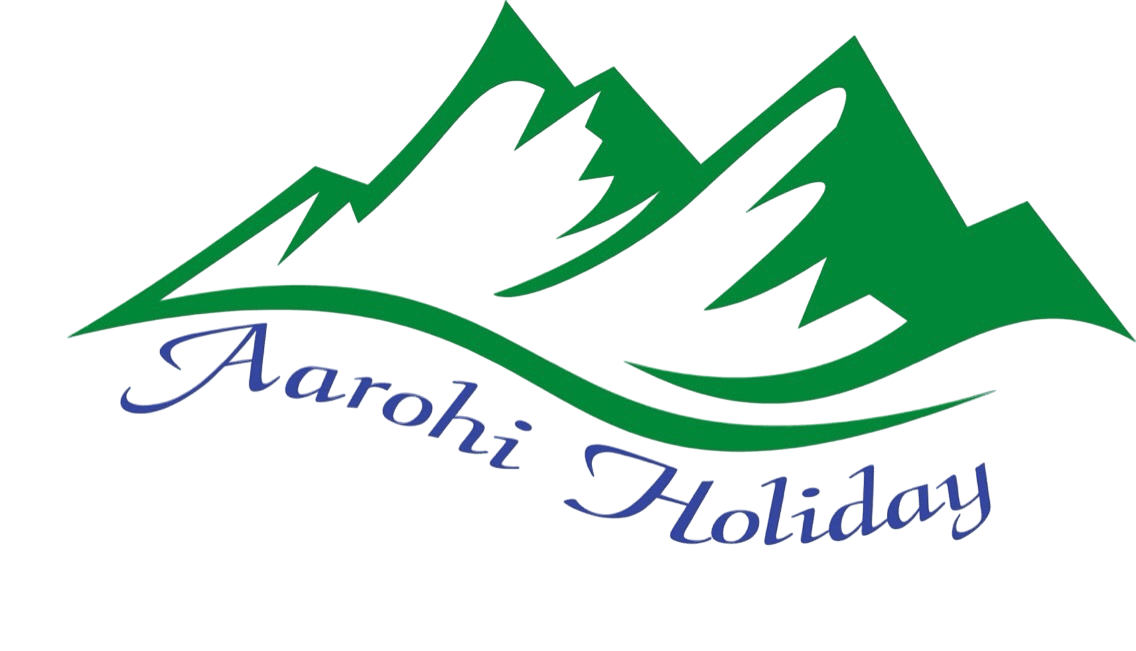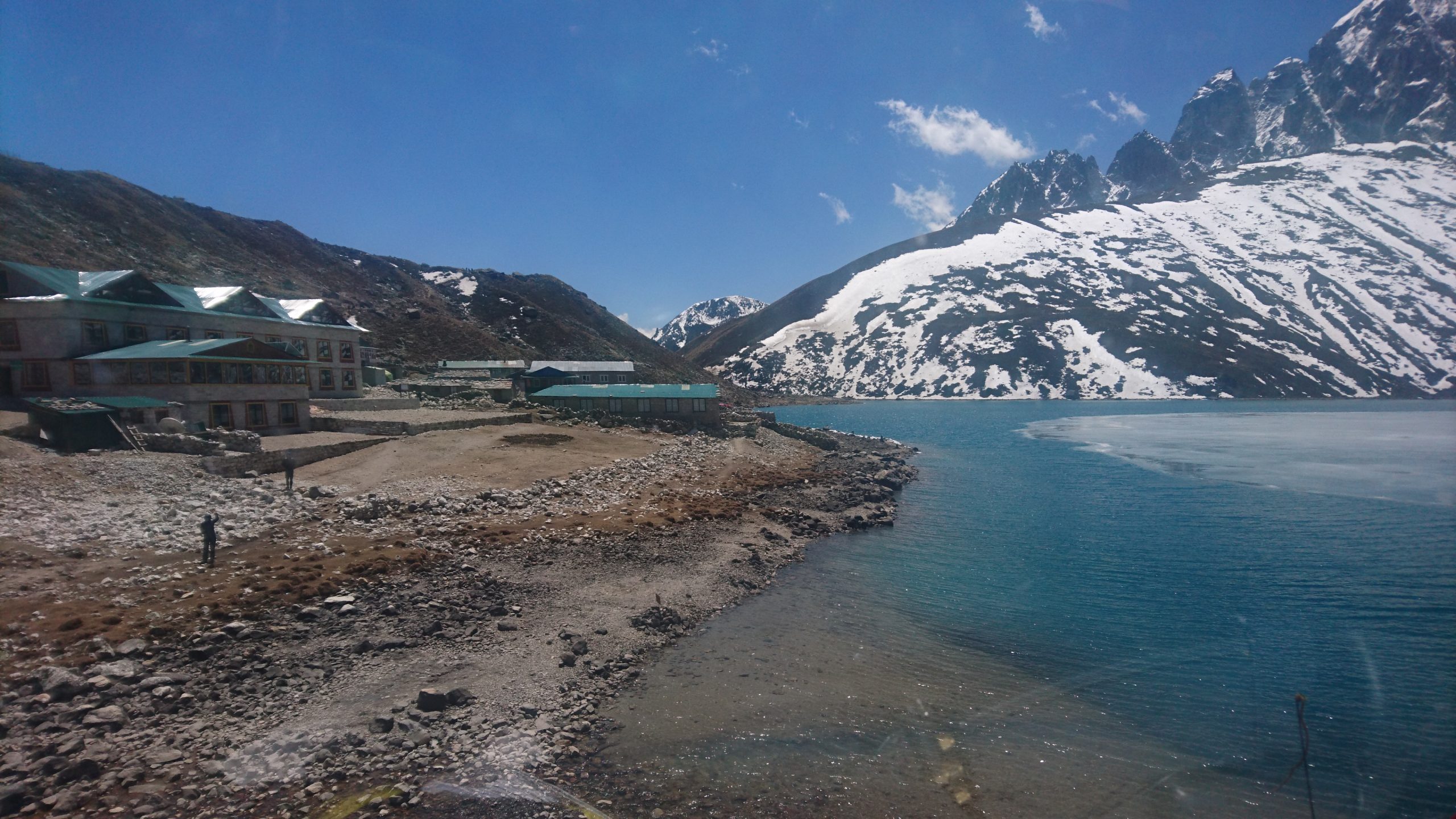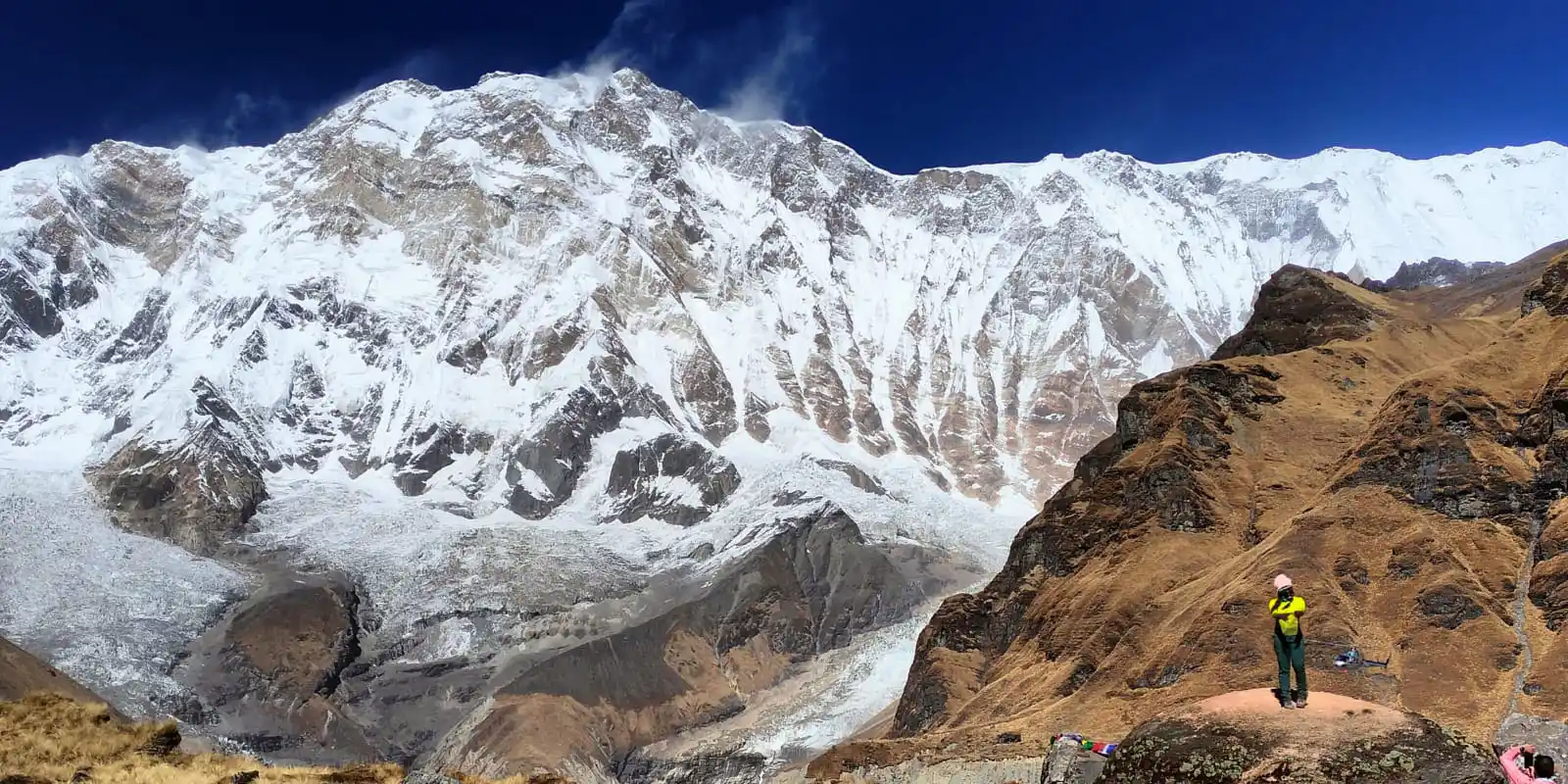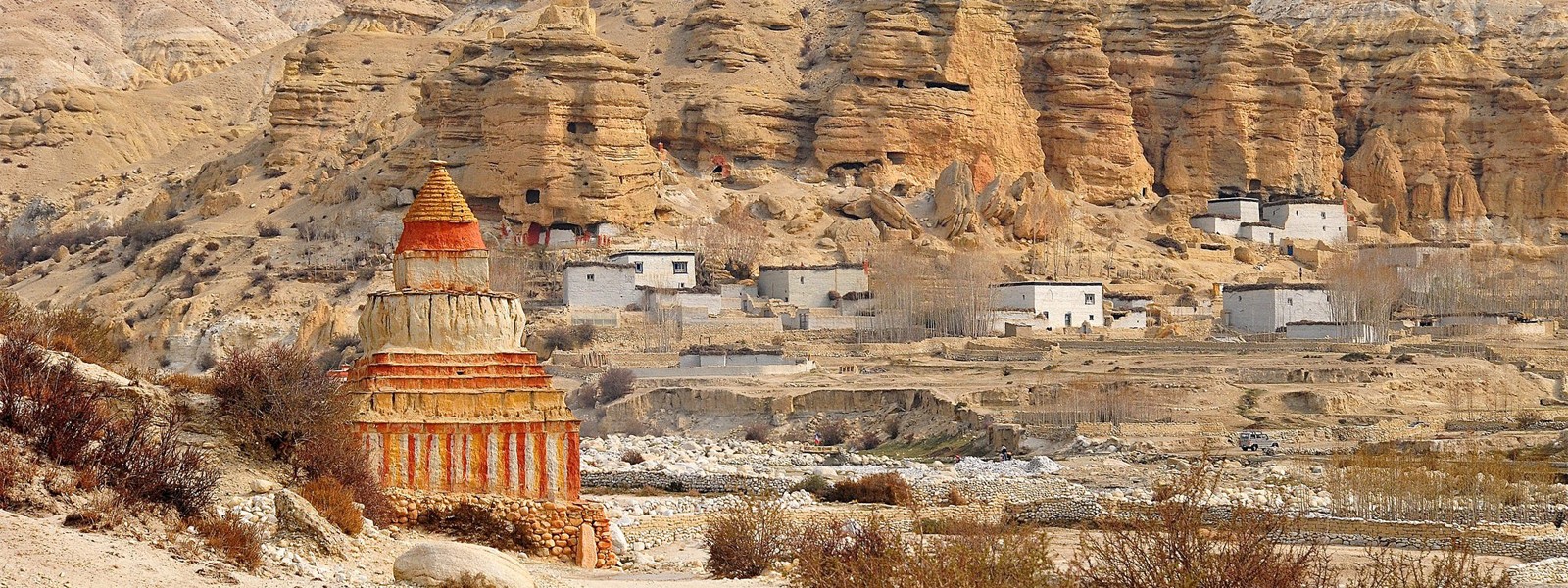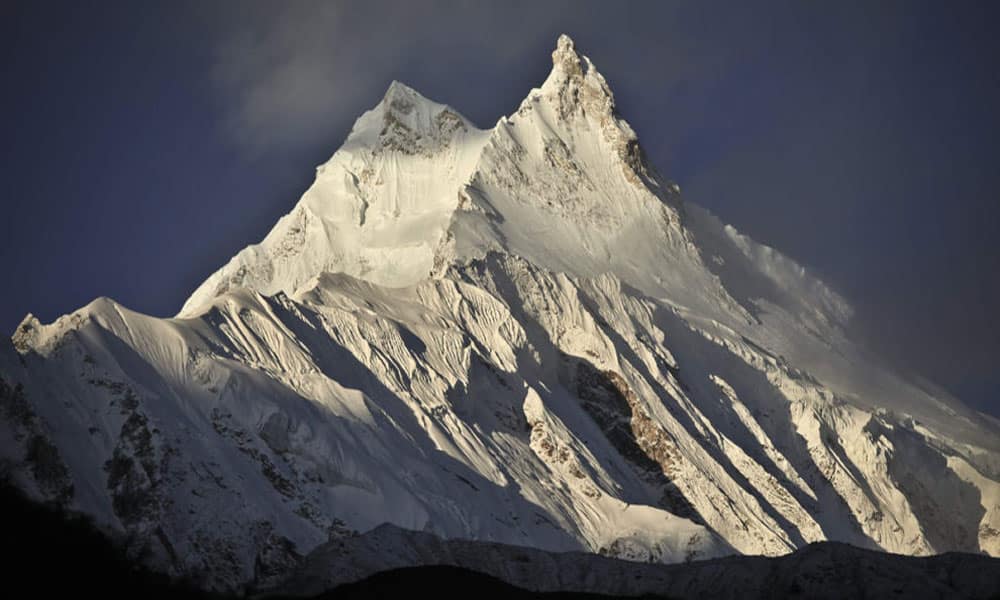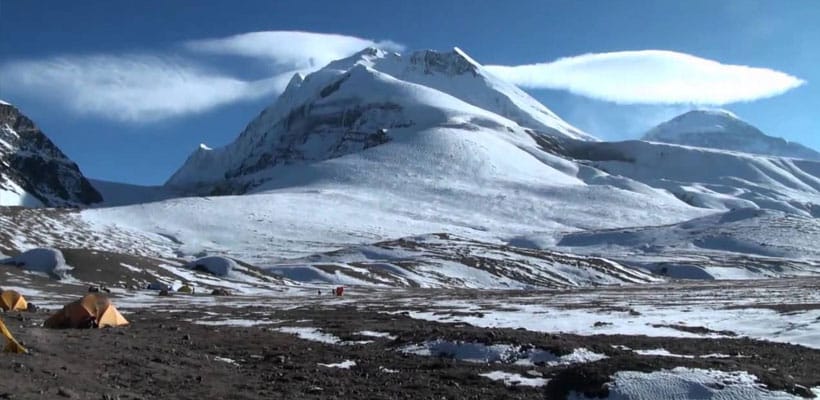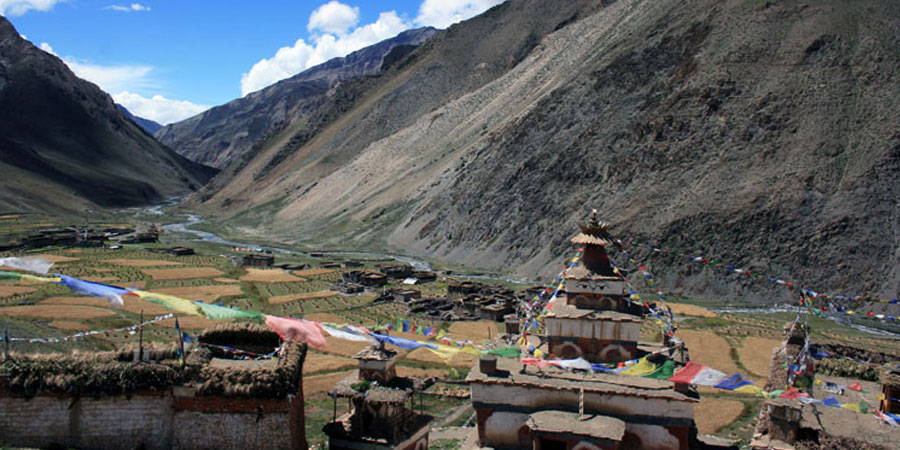US $1050
EBC with Gokyo Lake Trek Overview
Embark on a captivating journey through the enchanting Khumbu region, where majestic mountains touch the sky, amiable Sherpas warmly welcome you, and vibrant monasteries add a splash of color to the landscape. Traverse the bustling Namche Bazaar, meander through the serene Sagarmatha National Park, and reach the awe-inspiring base of the mighty Everest. As you trek, the path unfolds breathtaking panoramas, with renowned viewpoints like Kala Patthar and Gokyo Ri offering spectacular vistas.
Feast your eyes on the mesmerizing Khumbu Icefall and be mesmerized by the grandeur of Mt. Cho Oyu, Everest, Lhotse, Makalu, Nuptse, Amadablam, Pumori, and the iconic Tengboche Monastery, the largest in Nepal’s Khumbu region. In essence, the trek to Everest Base Camp with Gokyo Lakes promises a lifetime of unforgettable experiences.
We bring our 18 days of Everest Base Camp Trek with Gokyo lake being with a sightseeing tour of the historical and cultural monuments in Kathmandu, the temple, shrines, stupa, bazaars, and streets, and next day we’ll be heading for a noteworthy mountain of Everest base camp. Aarohi Holiday is often ready and helpful for guiding you and offers you wonderful and unforgettable memories with awesome trekking of Everest Base Camp Trek with Gokyo Lake.
Route to EBC with Gokyo Lake Trek
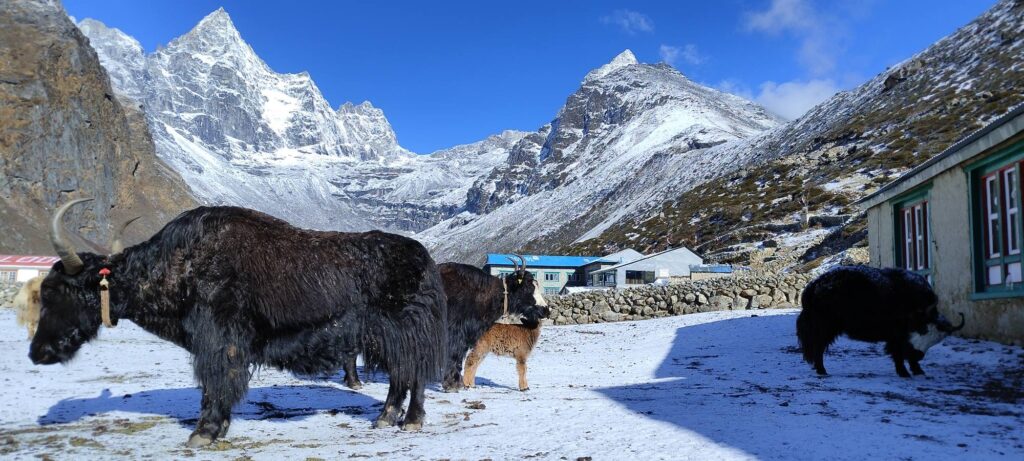
Your Everest Base Camp with Gokyo Lake Trek begins with your arrival in Kathmandu (1,345m), where you’ll be warmly welcomed by our team and transferred to your hotel. After a day exploring the cultural highlights of the Kathmandu Valley, a scenic flight takes you to Lukla, the gateway to the Khumbu region. The trek kicks off with a gentle walk to Phakding, then ascends through pine forests and Sherpa villages to reach Namche Bazaar, the bustling heart of the Everest region. After an acclimatization day in Namche, the journey continues through the spiritual hub of Tengboche and onward to Dingboche and Lobuche, with ample time to adjust to the altitude.
From Gorakshep, you’ll hike to the iconic Everest Base Camp (5,364m) and the next morning climb Kala Patthar (5,545m) for breathtaking sunrise views of Mt. Everest. Rather than descending directly, the route turns toward Zongla and crosses the challenging but rewarding Cho La Pass (5,364m) to enter the tranquil Gokyo Valley. You’ll explore the turquoise Gokyo Lakes and ascend Gokyo Ri (5,357m) for another stunning panoramic view of Everest, Lhotse, and Cho Oyu. The return journey takes you through Machermo and back to Namche Bazaar and Lukla. A short flight returns you to Kathmandu, where your unforgettable 18-day Himalayan adventure concludes.
Accommodation during EBC with Gokyo Lake Trek
- In Kathmandu we provide comfortable accommodation in 3-star hotels with breakfast on a twin-sharing basis.(Private room accommodation can be organized at an extra cost)
- During the trek, we provide comfortable teahouse accommodation on a twin-sharing basis. Hot showers, Wi-Fi, and device charging are available at an additional cost.
Meals and Drinking water on EBC with Gokyo Lake Trek
During the Everest Base Camp with Gokyo Lake Trek, you will be served three nutritious meals daily—breakfast, lunch, and dinner—at local teahouses along the route. Meals are simple but energy-rich, typically including Nepali dishes like dal bhat, along with other options such as momos, soups, noodles, fried rice, pasta, pancakes, eggs, and Tibetan bread. As you ascend to higher altitudes and more remote areas—especially around Cho La Pass and Gokyo—the menu may become more limited, but still offers satisfying, freshly prepared meals to keep you fueled.
Hydration is crucial for acclimatization and trekking performance. Bottled water is available throughout the trail, but to reduce plastic waste, we recommend carrying a refillable water bottle or hydration bladder. Our guides will provide water purification tablets or drops, ensuring you have access to safe and clean drinking water throughout the journey. Staying well-nourished and hydrated is key to enjoying your trek safely and comfortably.
Required Permits for the EBC with Gokyo Lake Trek
- Sagarmatha National Park Entry Permit: NPR 3,000 per person.
- Khumbu Pasang Lhamu Rural Municipality Permit: NPR 2,000 per person
Why Choose Us for Your EBC with Gokyo Lake Trek?
The Everest Base Camp with Gokyo Lake Trek offers a unique blend of adventure and scenic beauty. With many options available, here’s why Aarohi Holiday is the right choice for your trek:
- Aarohi Holiday is a trusted, government-registered local company with 10+ years of experience in high-altitude treks across Nepal, Bhutan, and Tibet.
- Our licensed guides are experts in the Everest region, ensuring a safe and enriching trekking experience.
- Safety is our top priority—our guides carry first aid kits, oximeters, and have access to emergency oxygen support if needed.
- We provide a clear online pre-trek briefing after booking, covering the itinerary, gear checklist, and altitude awareness.
- Experience a smooth booking process with secure payments and clear, upfront pricing—absolutely no hidden charges.
- We offer private airport pick-up and drop-off services to ensure your journey is seamless from the moment you arrive until your departure.
- Our dedicated 24/7 customer support team is always ready to answer your questions and provide assistance throughout your trek.
- Enjoy comfortable accommodations in local teahouses and lodges, complete with essential amenities, included throughout your trek.
- We are committed to sustainable tourism by employing local staff and actively supporting the upliftment of mountain communities.
- A complimentary porter service is provided to carry your heavier luggage, letting you enjoy the trail effortlessly.
Best Time for EBC with Gokyo Lake Trek
The best time for the Everest Base Camp with Gokyo Lake Trek is during autumn (September to November) and spring (March to May), when the weather is stable, skies are clear, and mountain views are breathtaking—perfect for trekking and sightseeing. Winter (December to February) brings cold temperatures and fewer trekkers, offering a quieter experience but with potential snow on higher trails. The monsoon season (June to August) is not recommended due to heavy rain, poor visibility, and possible flight delays.
Alternative Treks in the Everest Region
Looking for other options in the Everest region? The classic Everest Base Camp Trek is always a favorite. For a shorter adventure, try our Everest Base Camp Short Trek or the Everest View Trek. Want a scenic return? The Everest Base Camp Trek with Helicopter Return is a perfect blend of trekking and aerial views. The Gokyo Valley Trek is ideal for lake lovers, while the Everest Three Passes Trek suits those seeking a tough challenge. You can also follow the original route via the Jiri to Everest Base Camp Trek. For a non-trekking option, the Everest Base Camp Helicopter Tour offers breathtaking views in just a few hours. Contact us today to find the perfect Everest adventure for your time and interest!
